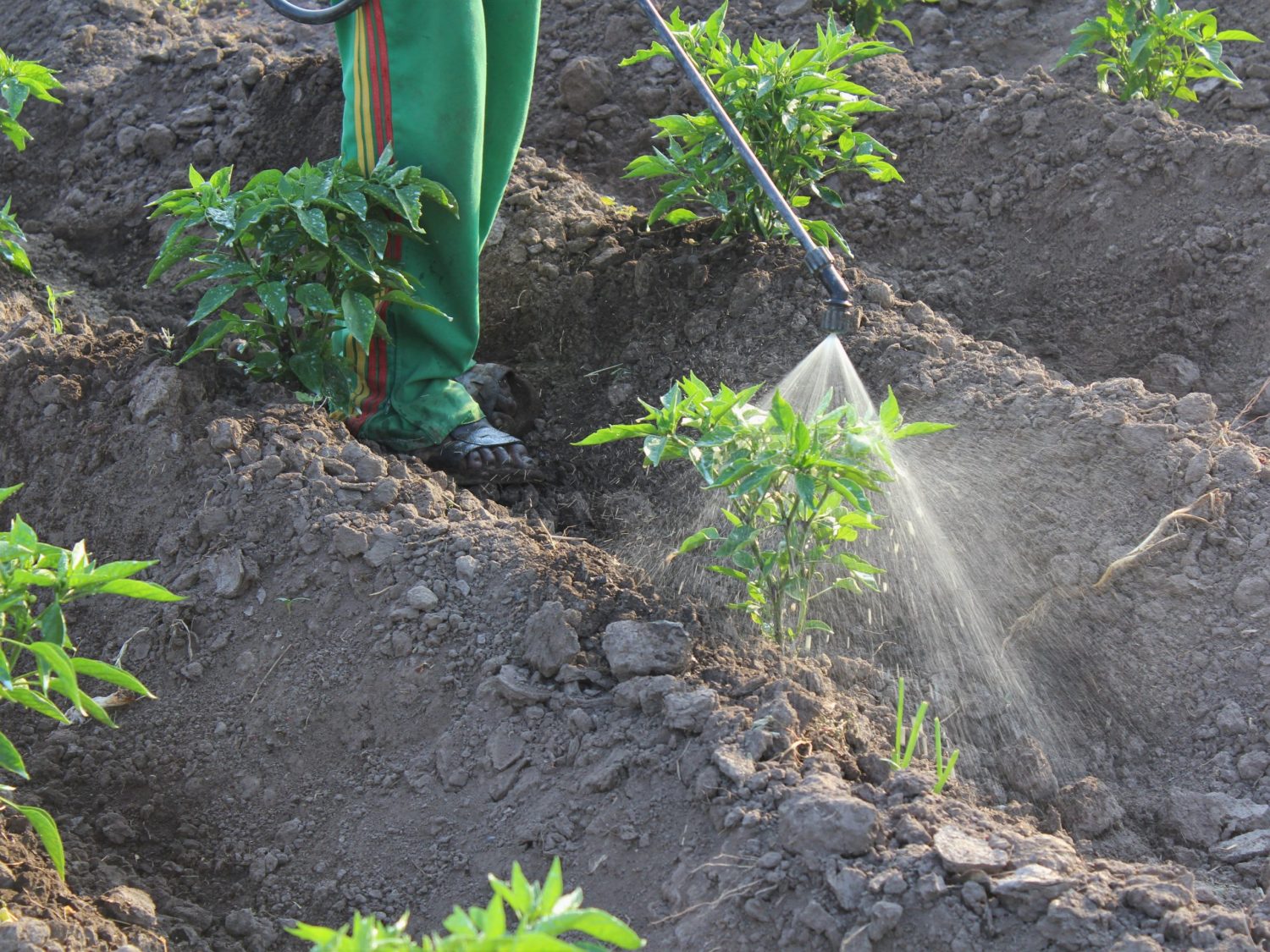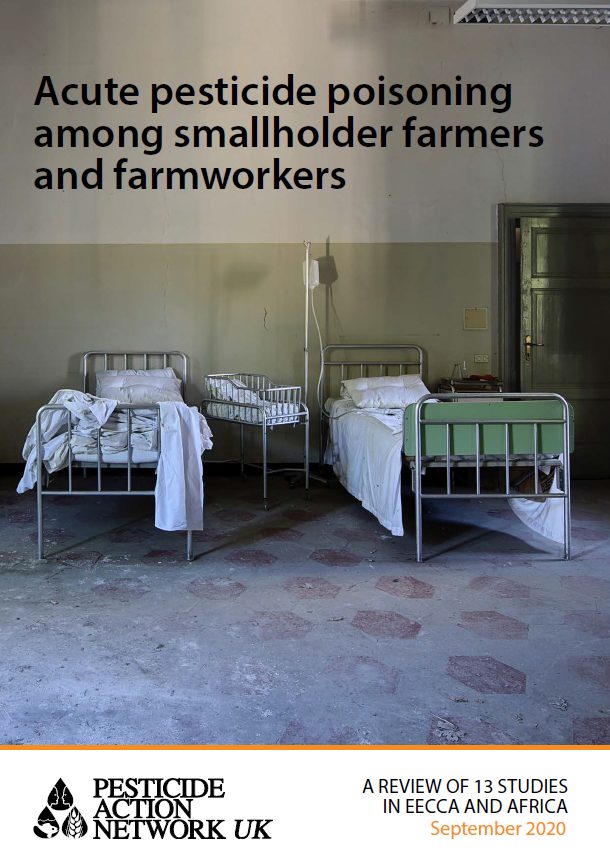Acute pesticide poisoning among smallholder farmers
This report presents findings from a series of health monitoring projects conducted by PAN UK and its partner organisations in 11 low and middle income countries over the past decade. Between them, these studies surveyed thousands of smallholder farmers and farmworkers about their use of – and exposure to – pesticides, to build a clearer picture of the reality of pesticide use in rural communities and uncover the prevalence of acute pesticide poisoning.
Using a combination of surveys, desk research, group discussion and semi-structured interviews, the studies identified practices and behaviours which lead to pesticide exposure and have resulted in acute pesticide poisoning.
The studies reveal that acute pesticide poisoning is widespread and affects a high proportion of farmers, farmworkers and their families. Most studies found that over 40% of those surveyed had experienced at least one episode of acute pesticide poisoning in the previous 12 months. Some studies found far higher poisoning rates – in one case as high as 82%. What is more, a significant minority of respondents experience multiple poisoning events in a year.
The signs and symptoms of acute pesticide poisoning recorded ranged from serious symptoms such as convulsions and loss of consciousness to relatively short-lived effects such as headaches and dizziness. There are implications for the long-term health of those exposed, as many of the substances used by the farmers have been associated with serious chronic illnesses including cancers and neurological diseases.
Some of the studies found children working directly with pesticides and instances of women being exposed during pregnancy. These groups are particularly vulnerable to the effects of pesticide poisoning.
A striking finding was that hardly any of the poisoning victims questioned had received professional medical treatment – whether because of a poor healthcare coverage, or the cost of treatment. The result is that hardly any poisoning incidents reach national medical statistics. Occupational pesticide poisoning is a hidden crisis and the scale of the problem is unknown to policy makers.
The findings challenge many of the assumptions that underpin pesticide regulation. They show clearly that protective measures that are supposed to manage risk and reduce exposure are rarely in place. For example, personal protective equipment is hardly ever used; pesticides are repackaged into inappropriate containers and sold without warning labels, and even where labels are in place, many users cannot understand them.

Photo: Spraying pesticides with no protective equipment in Ethiopia – credit PAN Ethiopia.
The conditions and consequences uncovered by these studies clearly demonstrate that the existing approach to managing pesticides is failing on a massive scale. It is likely that hundreds of millions of smallholder farmers and their families in low and middle income countries are poisoned by pesticides every year. Placing responsibility for managing pesticide risks onto poorly trained, inadequately resourced users, with minimal regulatory oversight plainly does not work. In the absence of this assumed protection, the most effective way to protect human health and the environment is to remove highly hazardous pesticides from use and only allow safer, non-chemical approaches or those pesticides which do not require extra mitigation measures.
Useful links
- Read about our work on health monitoring
- Learn more about the impacts of pesticides on our health impacts
- Catch up on our sustainable cotton projects in Ethiopia and Benin
- Find out about our work to tackle highly hazardous pesticides

